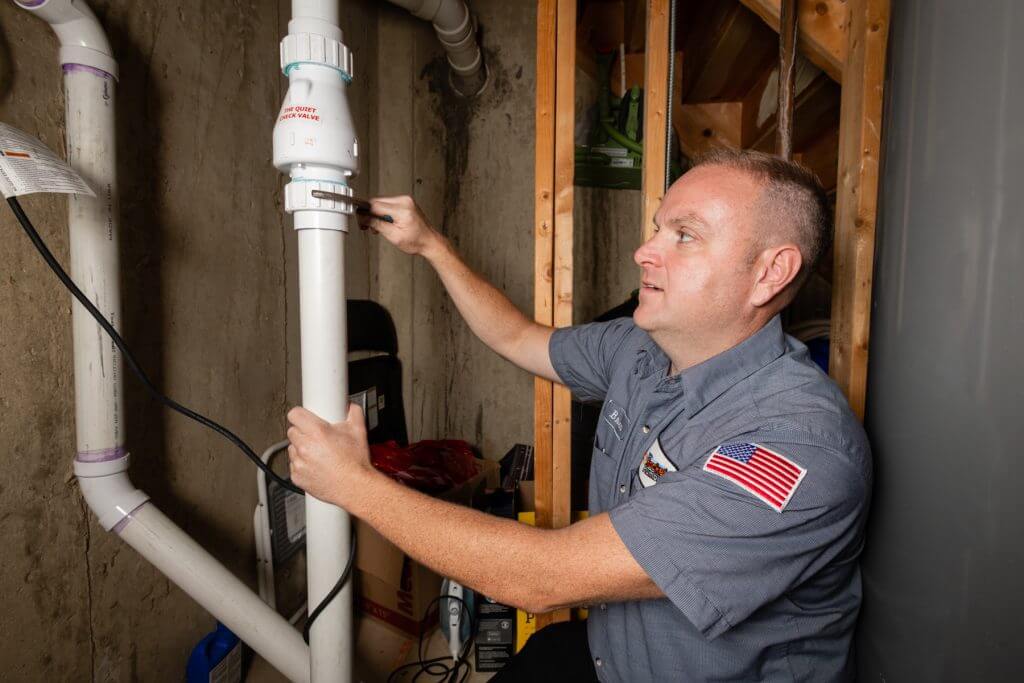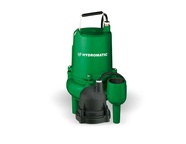

However, they are both unique in regard to what they do and how they function.įor starters, a sewage pump’s basic function is to get rid of solid and water waste. They both work as indoor septic systems, have large canisters or holding tanks, and are typically stored in the basement. It can often be difficult to know the difference between the two, because many people assume they’re the same thing. When it comes to sewage and sump pumps, you may think they’re one and the same.
#Sump pump vs ejector pump how to#
Keep reading to learn about their differences and functions, the importance of having both, and how to know when you need professional sewage or sump pump services. While they’re both used as indoor sewage systems, they each have different purposes. Yes, you most likely need a sump pump for your home, and no, you can’t necessarily use your sewage pump to also function as a sump pump. If your drains go out through the wall of the foundation, then you will most likely have overhead sewers.Back to blog Can a Sewage Pump Be Used as a Sump Pump?Īs a homeowner, you may wonder if you actually need a sump pump or if your existing sewage pump can also be used as a sump pump. If your home has the main drains going down into the floors, you have underground gravity sewers. The two methods are underground sewers and overhead sewers. Since the point where these slabs of concrete come together is not a water tight jointAnytime we have water below grade, we have to give it a way to get out of the house. First the footing is poured and then the foundation is poured on top of that. Footings, basement floors, and foundation walls are not poured at the same time. Our foundations are walls designed to support the structure resting on it and the soil on the outside. When we make holes in the earth, water will want to fill that hole. I honestly don’t think is will ever be needed again, but it is there should the great tidal wave come.īasements are holes in the earth.

That thing went 9 months without a pump in it during construction.
#Sump pump vs ejector pump install#
We did install a perimeter drain tile and a sump pit. Our basement only received water one time and I swear it rained so hard, I was looking for Noah’s ark. I should also confess, that when I do inspections in older homes that do not have sump pits, AND I don’t see any signs of water entry, it is hard for me to justify someone spending close to $3,000.00 ($10,000 for the larger companies that you see their advertising) for a water control system. I do believe that every home should have a sump pump. But me, I am one of those better safe than sorry guys. Depending how deep your basement/crawlspace is and how well the area around your home drains away rainwater you may not need one at all.

There is water beneath the entire Chicagoland area. Items that may be common to flush down most toilets such as cottons, nylons, dead animals and other materials that I just don’t feel comfortable mentioning here may damage these pump and should not be flushed down these toilets. No, it is important that only fecal matter and toilet paper get flushed down toilets that utilize the ejector pump. There is no screen/strainer on the bottom to stop the solids from entering the bottom. Ejector pumps are designed to take solid waste like fecal matter and toilet paper, grind it up and pump it out. Since only rain water is supposed to go into a sump pit, the sump pump will have a screen/strainer on the bottom to prevent debris from getting into the pump and damaging the impellers.
-700w.jpg)
There is an ejector pump inside that is supposed to pump that waster material into the raw sewerage. An ejector pit collects inside water from below grade bathrooms, laundry, floor drains, humidifiers and HVAC condensation drains. There is a sump pump inside the pit that is supposed to pump that water to the exterior of the house or into a storm sewer. What is the difference between a sump pit and an ejector pit?Ī sump pit collects outside/ground water that may enter the basement through cracks or gaps in the floor or wall. Sometimes it is easier to answer a few of the more common questions I get during a home inspection. Since these areas are below grade, any water that gets to these areas needs to be pumped out of the area and properly disposed. Most of the homes in the Chicagoland area have below grade areas such as basements and crawlspaces.


 0 kommentar(er)
0 kommentar(er)
